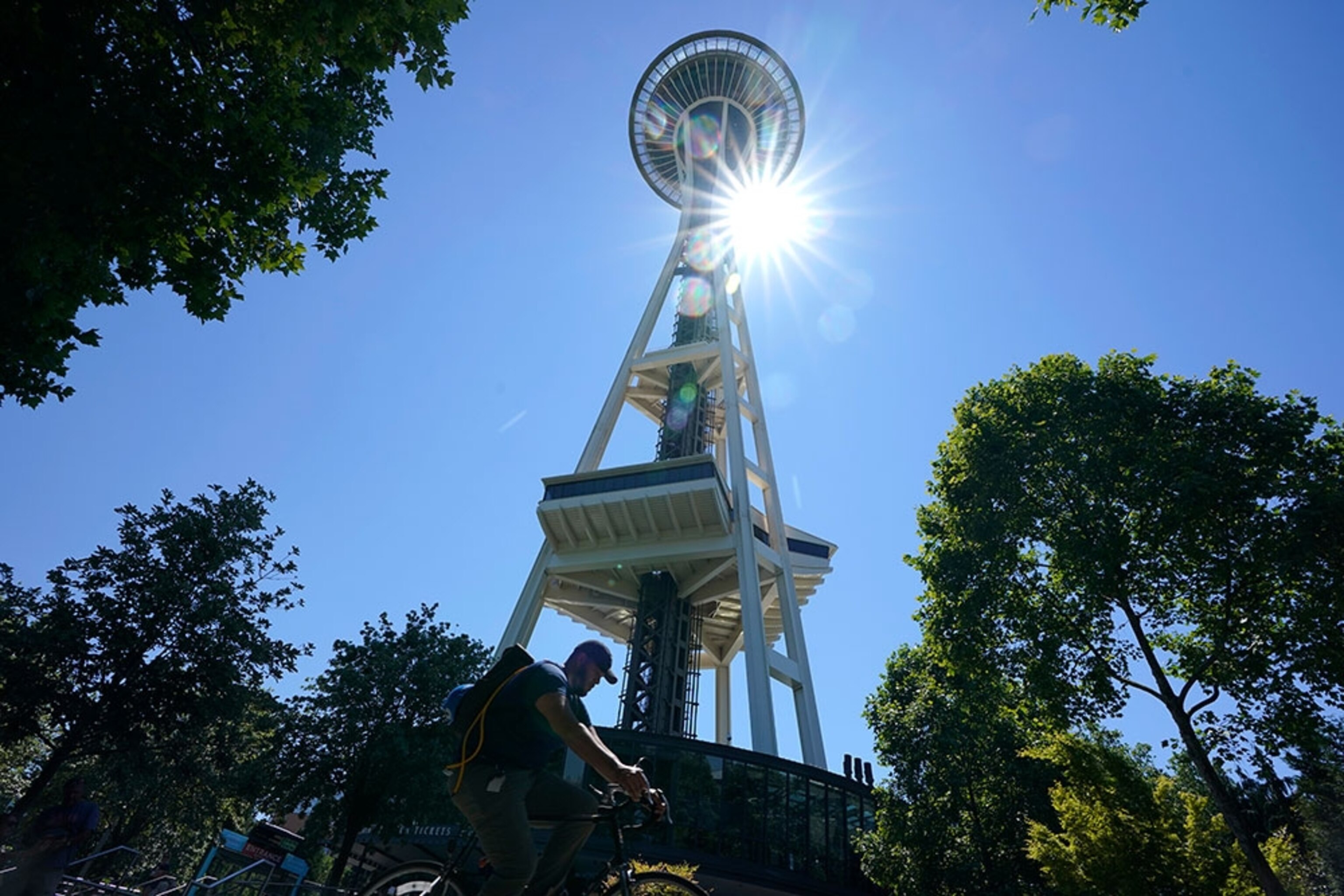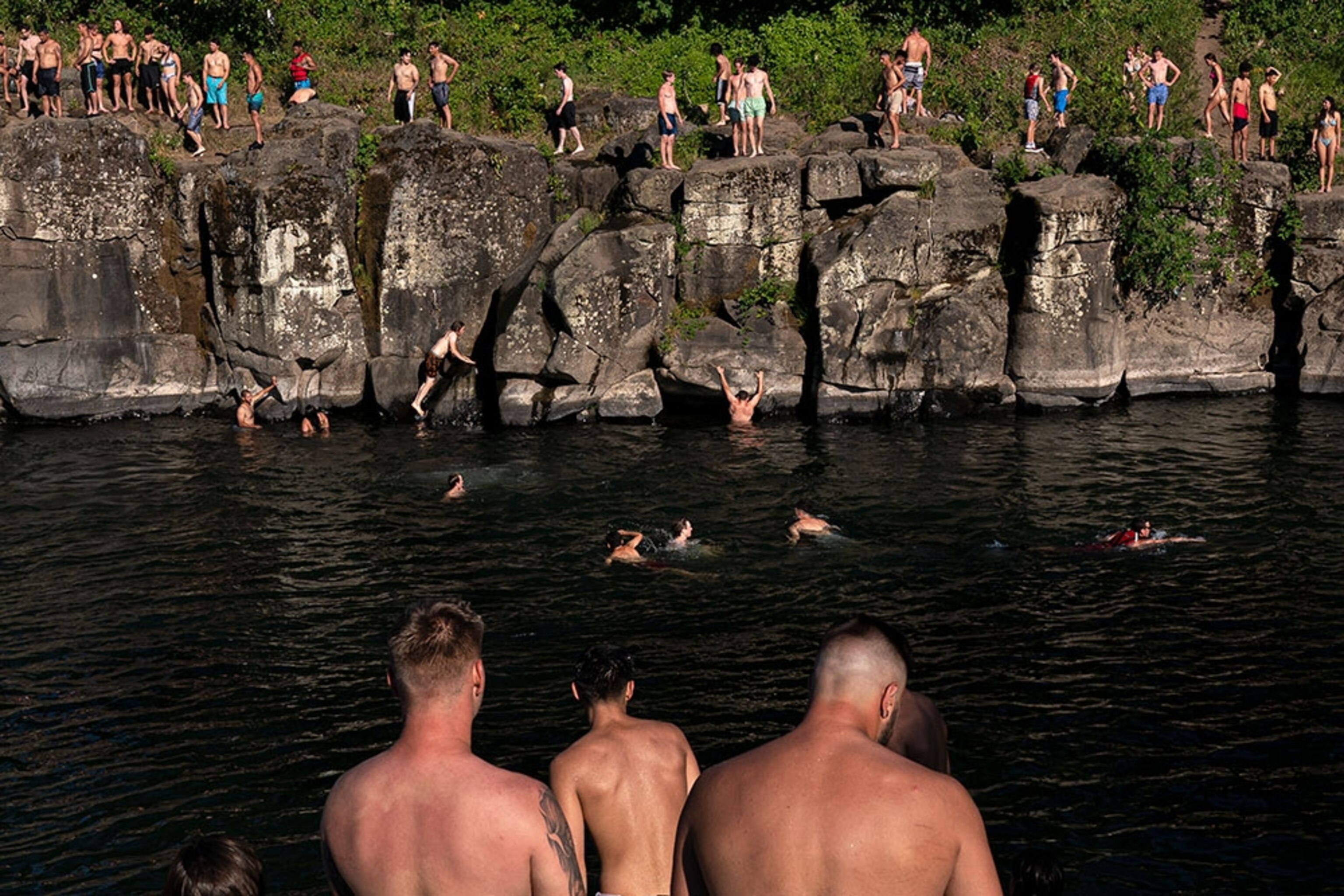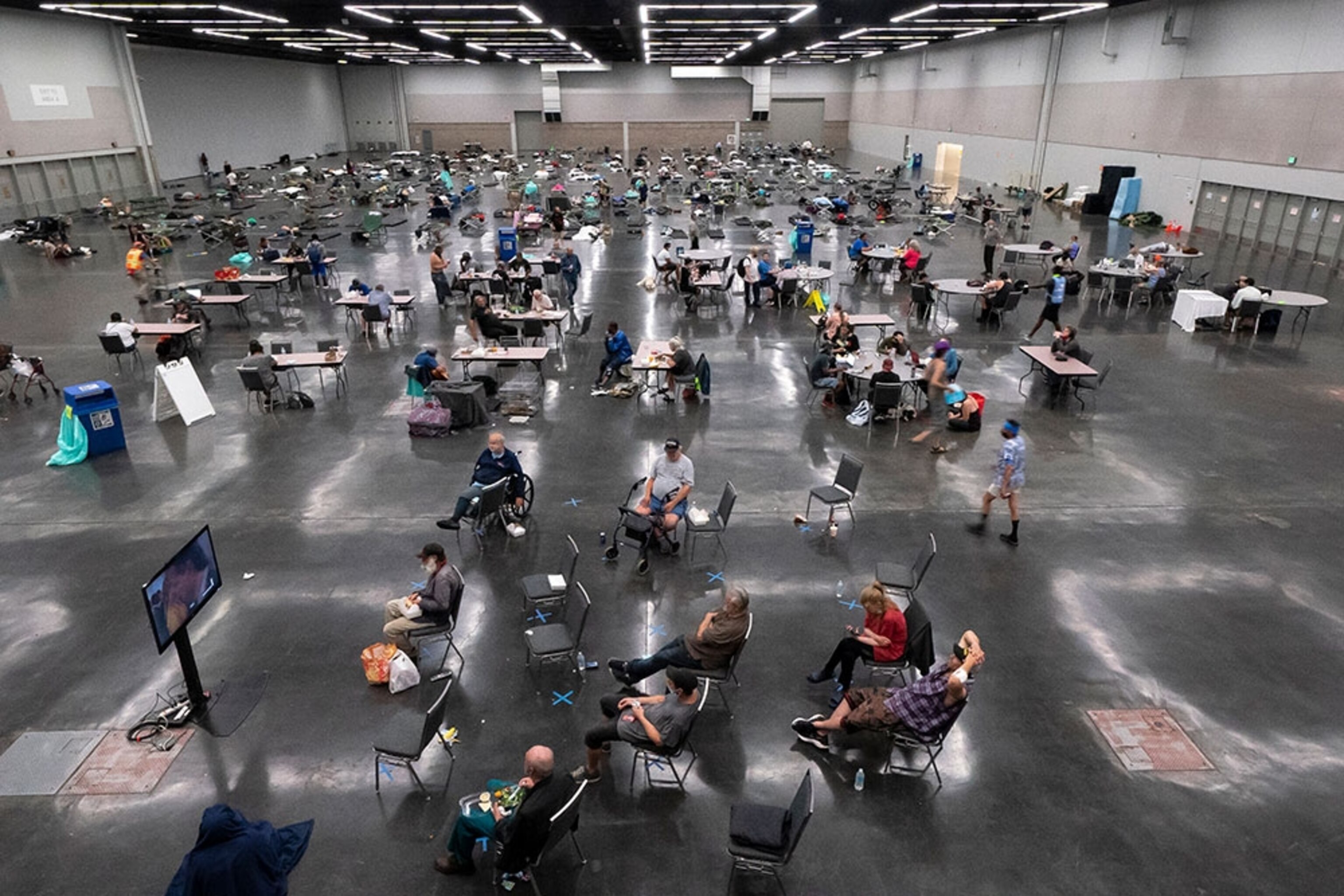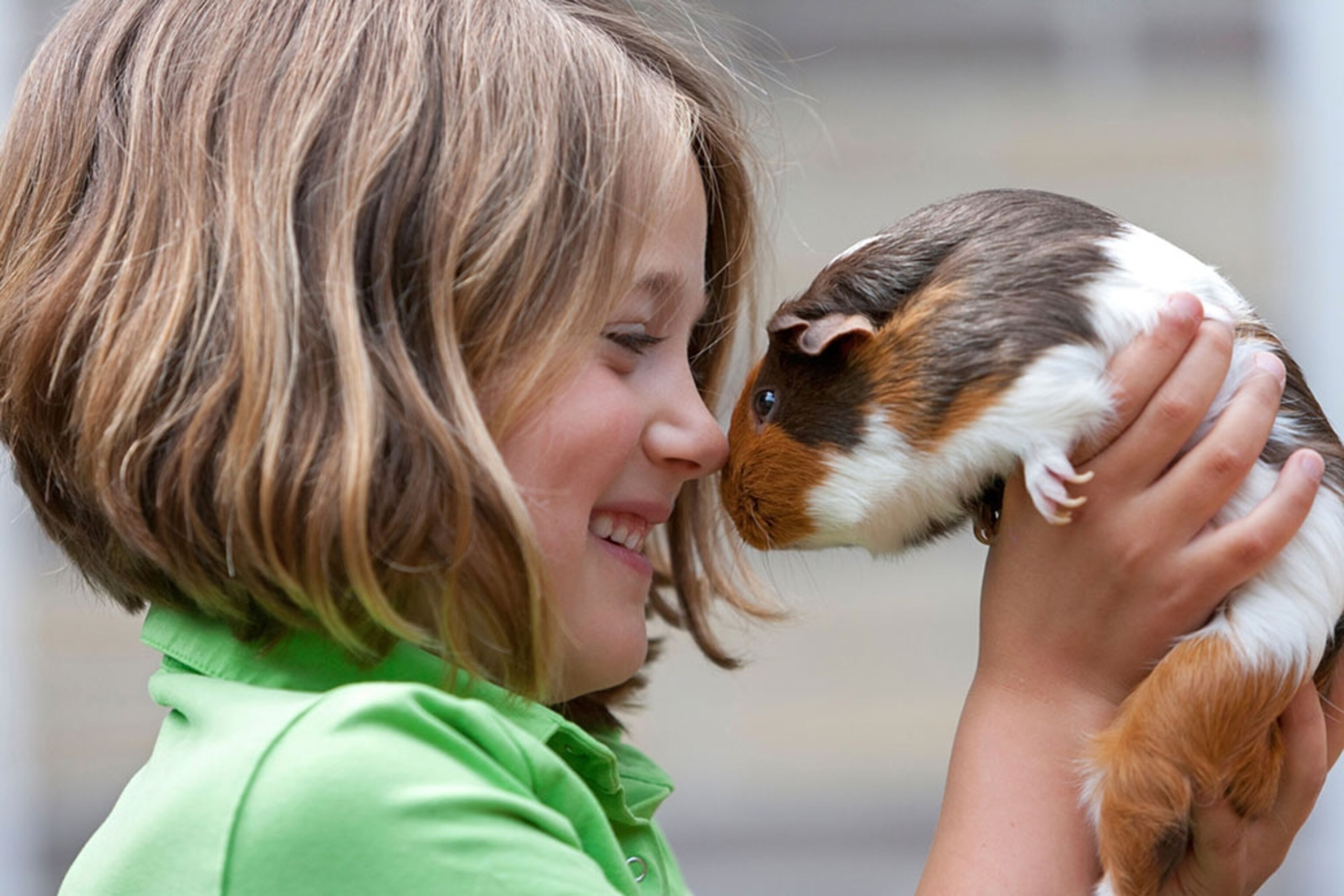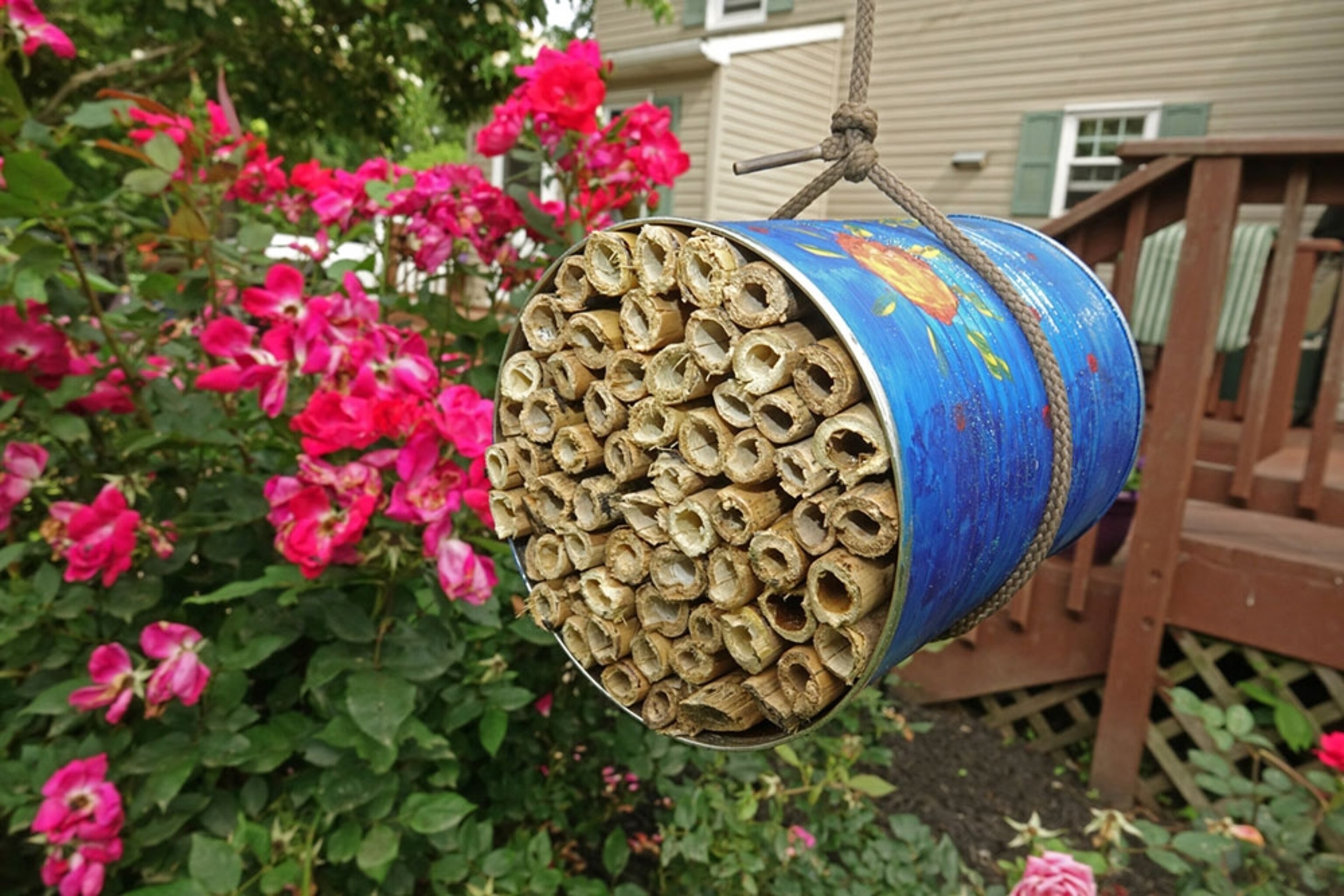This article is an adaptation of our weekly Planet Possible newsletter that was originally sent out on June 29, 2021. Want this in your inbox? Sign up here.
By Craig Welch, ENVIRONMENT writer
When I moved to western Washington in the late 1990s, the weather was disorienting. It rarely snows here. My first winter, it rained 90 days out of 120. At the end of May, after a few glorious bluebird days, Seattle’s slate skies usually return, and a thick cloud ceiling settles in for another month. We call it Juneuary.
We have our jokes—“What do you call two straight days of rain in Seattle? The weekend.” “What’s a week in Seattle without rain? Summer.” Over time, though, I’ve grown to love it. Sure, it can be gloomy at times, but it is almost never hot. Just three weeks ago, Seattle had a day that never topped 55 degrees Fahrenheit.
But climate change is the great equalizer, and, as Sarah Gibbens reported last week, a deadly heat dome has descended upon my city, and on millions of people in the Pacific Northwest. The consequences may prove profound. Before this weekend, Seattle had only recorded three days in history over 100 degrees—none in June. The June record high was 96. But Saturday we topped 102, Sunday we hit 104—the hottest day ever recorded, until yesterday. Yesterday reached an astounding 108 degrees. Outside Seattle, it was even hotter. (Above, a cyclist passes Seattle’s Space Needle on Monday. Below, cliff divers along the Clackamas River at High Rocks Park in Portland, Oregon.)
This weather pattern is complex. But the whole phenomenon has been worsened by climate change. As my editor, Rob Kunzig, wrote last week, “nothing is more certain about global warming than that it will lead to hotter weather—and more suffering.” This has been true for several years across the arid Southwest. Alejandra Borunda has written about states from California to Colorado battling a devastating megadrought that rivals the worst dry spells seen of the past 1,200 years. She has more reporting on the way.
What makes the Pacific Northwest’s heat wave stand out, however, is how truly unprepared we are. As my former Seattle Times colleague Gene Balk has noted, only 44 percent of Seattle homes even have central air or window units—up from 31 percent just six years ago. We are the least air-conditioned major metropolitan area in the country.
We also have nearly 12,000 homeless people residing in cars or vast tent settlements in our county. The region opened “cooling centers” and urged people to take shelter in public libraries or find other ways to avoid overheating. But this weekend was so hot that even some escape avenues were closed off. One pool shut down because the deck got too hot, and officials warned that sunbaked pavement, at midday could approach 170 degrees.
Cooler weather already is moving in to Seattle, but other parts of the region will bake again today and it could be weeks before it’s clear how much pain this weather system has caused. Most of us know that heat waves like this won’t just come again—they will likely grow more frequent and extreme, unless we curb our appetite for fossil fuels.
If you want to get this email each week, join us here and invite a friend.
What are you doing to cut your fossil fuel consumption? How are you preparing for hotter temperatures or more extreme weather, such as flooding, hurricanes, or drought-fueled wildfires? Let us know.
PLANET SMART
Beyond slash and burn in the Amazon: How do farmers in the world’s biggest rainforest stop depleting the soil and moving on to clear more land? In northwestern Brazil, farmers replicate the biodiversity of the rainforest, densely planting up to 40 species in their re-created rainforest panels, Brian Barth and Flávia Milhorance write for Nat Geo. Results? Soil and water is protected, and carbon is sequestered in its trees, mitigating climate change. (Above, farmer Geandre Berkembrock harvests açaí using a peconha, which is a strap placed on the feet to help him climb the palm tree.)
TAKE SIX
- New, tiny forests are emerging in big cities
- These ‘supertrees’ are engineered to suck up more carbon
- Could destroying the environment become an international crime?
- Scientists convert plastic waste into vanilla flavoring
- An architect with an eye on the environment
- Future of renewable energy may begin on car-centric Cape Cod
ONE MOMENT
Is your pet ‘sustainable’? Spot may be man’s best friend, but fur babies consume resources, and produce waste. Pet waste can push the overall sustainability of ownership into the red. There are ways to decrease your pet’s paw print, Jason Bittel writes for Nat Geo. According to one analysis of pet species and the relative costs they inflict on the environment, small animals like rabbits, guinea pigs (above), hamsters, mice, and rats were among the most sustainable pets to own.
IN A FEW WORDS
We basically made a mess of the world and a lot of people want to do something, but they don't know ‘What can I do?’ It's a very practical way to do something positive.
Daan Bleichrodt, Launched the Tiny Forest initiative in the Netherlands, with the goal of making nature more accessible to children
FAST FORWARD
Build a hotel: In our fourth Planet Possible family challenge, Ella Schwartz shows how you make your own bee habitat. Bee hotels can be used to help children learn about the lifespan of bees and provide a safe place for the buzzers, which pollinate an estimated one-third of the food we eat.
Challenge 1: Explore the ground with a magnifier
Challenge 2: Explore the shoreline with an underwater viewer
Challenge 3: Explore the soil with a super scooper
This was edited and curated by Monica Williams and David Beard, and photographs were selected by Heather Kim. Have any suggestions for helping the planet or links to such stories? Let us know at david.beard@natgeo.com.
Before you go: We’re updating our website and app, so you may be asked to provide your email address the next time you visit. If you are a Nat Geo subscriber, you will need to LOG IN on our website to update your account and access exclusive digital content. Did we mention our app? Download it today for your iOS or Android device. Thanks for your continued loyalty!
